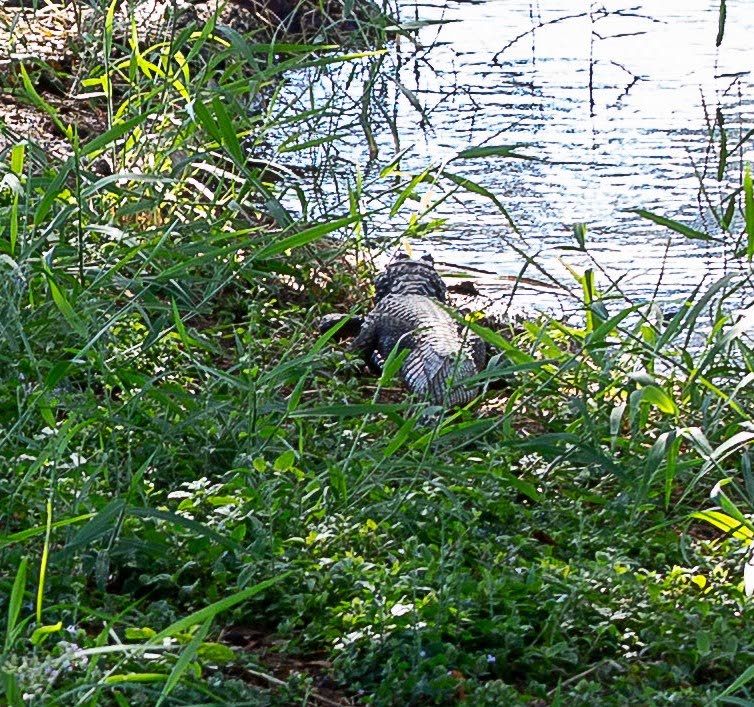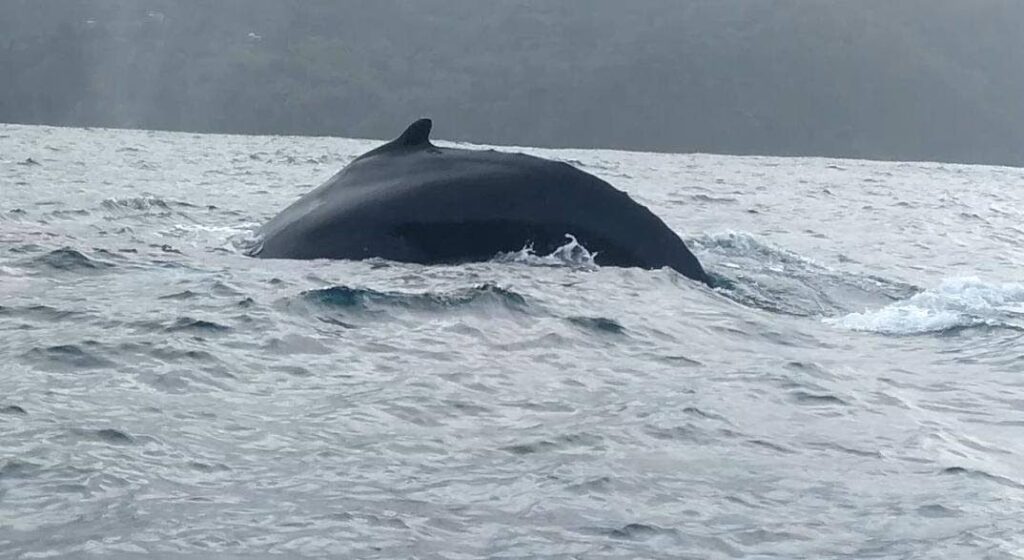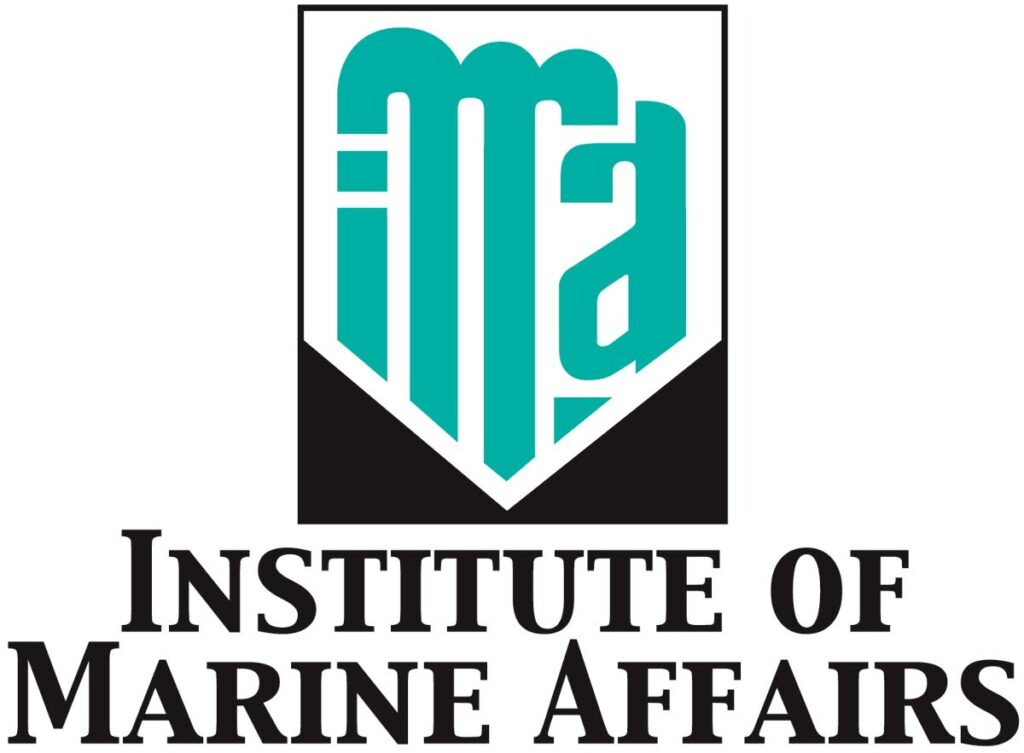Recovering marine wildlife for sustainable development

Sheldon Ramoutar,
Microbiologist
On December 20, 2013, the United Nations General Assembly proclaimed March 3 as World Wildlife Day, to raise awareness of the world’s wild animals and plants. The theme for 2022, Recovering key species for ecosystem restoration, was announced by the secretariat for the Convention on International Trade in Endangered Species of Wild Fauna and Flora (CITES).
CITES is one of the world's most powerful tools for wildlife conservation through the regulation of international trade, which was signed in 1973. It comprises 183 parties (182 countries and the European Union).
The 2022 theme is geared towards highlighting and promoting the best practices for wildlife conservation. Previous projects where species were brought back from the brink of extinction will drive discussions toward imagining and implementing new solutions to conserve and sustain other species. All awareness and information gathered on World Wildlife Day will inform efforts toward the achievement of United Nations sustainable development goals (SDGs): No poverty (SDG one); zero hunger (SDG two); ensure sustainable consumption and production patterns (SDG 12); climate action (SDG 13); life below water (SDG 14); and life on land (SDG 15).
SDG 14 aims to “conserve and sustainably use the oceans, seas and marine resources for sustainable development.” Achieving this goal will require rebuilding the marine life support systems that deliver the many benefits that our society receive from the ocean. According to figures provided by the International Union for Conservation of Nature’s Red List of Threatened Species, over 8,400 species of wild fauna and flora are critically endangered, while close to 30,000 more are understood to be endangered or vulnerable.
Oceans host 80 per cent of the planet’s biodiversity and represent the largest ecosystem on Earth. According to the UN Ocean Global Projects, oceans serve as the world’s largest source of protein, with more than three billion people depending on the oceans as their primary source of protein and over three billion people depending on marine and coastal biodiversity for their livelihoods. In addition, many more are employed in follow-up activities, such as handling, processing and distribution.

However, there is a conflict between the growing dependence of humans on ocean resources and the decline in marine life. Today, a substantial fraction of our coasts and oceans suffer from pollution, nutrient enrichment, oxygen depletion, ocean warming and acidification and at least one-third of fish stocks are overfished.
Given these impacts on the marine ecosystem and marine wildlife populations, there is still hope to save various species from being critically endangered. The recovery process of marine wildlife will depend on intrinsic factors, such as life-history characteristics, annual growth rates and their population size while the extrinsic factors will depend on the type and magnitude of disturbance as well as the conservation measures applied to reduce these impacts. Presented are various past recovery interventions of marine populations including conservation of species, habitats and ecosystems.
Protection laws
According to the Marine Protected Atlas in 2000, only 0.4 per cent of the ocean area was protected, but this figure approached ten per cent in 2020 and is on course to reach 30 per cent by 2030. The protection of various areas of the ocean needs to be driven by effective restoration action and the phasing out of destructive and damaging practices. The regulation of hunting and the protection of species through the Convention on International Trade of Endangered Species have also been vital in the protection process.
Water-quality improvement
All forms of pollution need to be removed, from excessive nutrient inputs to persistent organic pollutants and plastics. Strategies and policies to lower inputs of nutrients and sewage were initiated four decades ago in the United States and European Union (EU), leading to major improvements today.
Many hazardous pollutants have been regulated or phased out through the Stockholm Convention and, specifically in the ocean, by the International Convention for the Prevention of Pollution from Ships (MARPOL Convention). Integrated Coastal Zone Management (ICZM) is also another dynamic, multidisciplinary and iterative policy to promote sustainable management of coastal zones and covers the full cycle of information collection, planning, decision-making, management and monitoring of implementation.
Global attention has focused on reducing and preventing plastics from entering the ocean, which remains a pervasive problem. At the recently concluded 5th UN Environmental Assembly, world ministers agreed to establish an intergovernmental negotiating committee with the mandate to forge an international, legally-binding agreement to end plastic pollution .

Another big win in fighting pollution is credited to the transition to unleaded petrol as the ocean is now restored from global lead pollution. In Trinidad, we have ratified the Cartagena Convention and its land-based sources of marine pollution protocol which aims to prevent, control and reduce pollution from ships, dumping, land-based sources, seabed exploration and atmospheric discharges. The Institute of Marine Affairs is one of two Regional Activity Centres (RAC) for the implementation of the LBS protocol.
Habitat protection and restoration
The recovery of mangroves, tidal marshes and seagrass meadows will be particularly effective, as these ecosystems offer habit and nursey areas to many commercial fishes and invertebrate species. These sensitive habitats have inspired the use of marine protected areas (MPAs) which are areas of the ocean set aside for long-term conservation aims. Other ecosystem-based management tools help protect these ecosystems by focusing on ecosystem restoration and enhancement of ecosystem services to protect society against negative impacts of climate change.
Fishing practices
Successful rebuilding of depleted fish populations can be achieved at local and regional scales through simple actions such as implementing no-take zones, closed fishing seasons, equipment restrictions and quotas. Global improvements in satellite technology and artificial intelligence now allow increased monitoring activities at sea to help stop illegal, unreported and unregulated (IUU) fishing as well as protect nesting grounds for species such as sea turtles. Lastly, the development of the aquaculture industry to provide affordable seafood can remove dependence, and reduce pressure on wild stocks.
Awareness
However, the best strategies for the recovery of marine wildlife include raising public and political awareness. This increased awareness will promote the implementation of conservation plans and lead to greater enforcement of legislation to reduce impacts on marine wildlife and restore their ecosystems.
“Conservation measures to protect marine life are already paying off. These actions have made it possible to halt the decline of some species and re-establish degraded marine ecosystems. But restoring the health of the ocean on a large scale requires a more active fight against pollution, overfishing and the effects of climate change,” said marine ecologist Carlos M Duarte.

Comments
"Recovering marine wildlife for sustainable development"